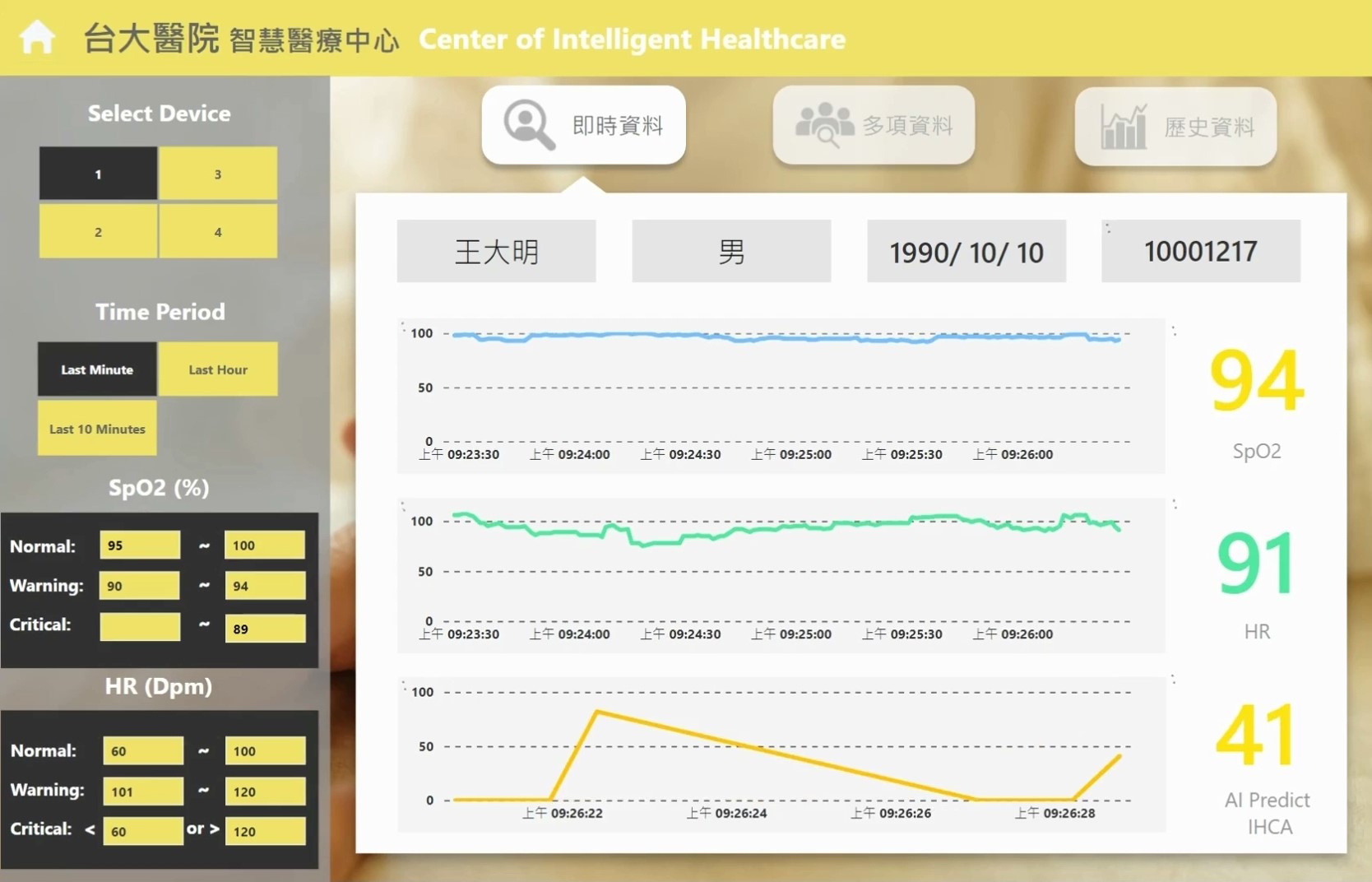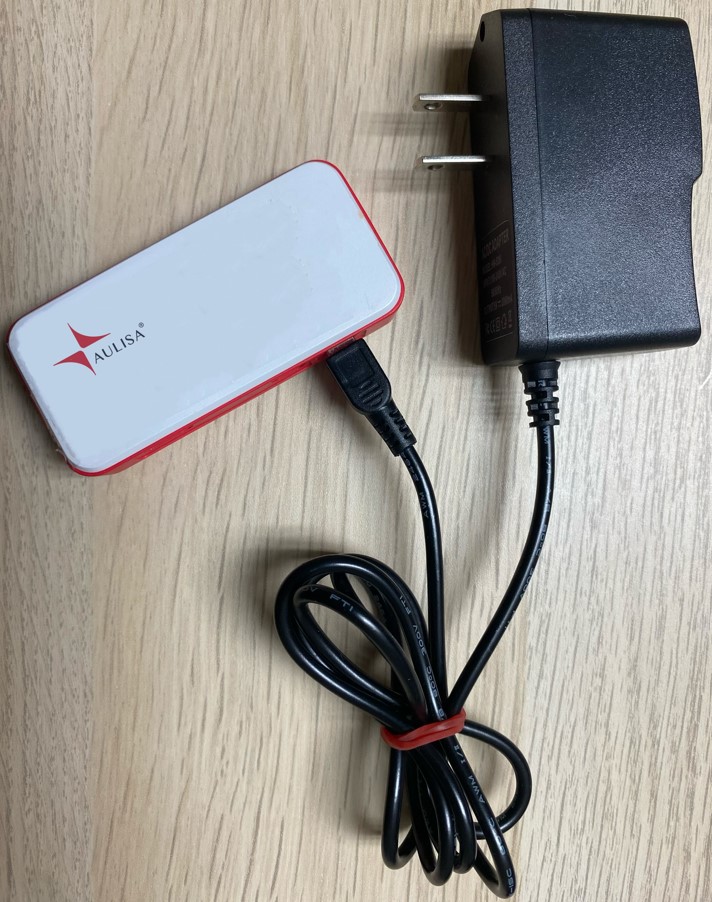| Technical Name | DeepArrest: deep learning-based cardiac arrest warning system for IOT-based oximeter | ||
|---|---|---|---|
| Project Operator | National Taiwan University College of Medicine | ||
| Project Host | 李建璋 | ||
| Summary | It is the first AIoT continuous blood oxygen saturation monitoring system capable of early warning of cardiac arrest in the world. Through Bluetooth, the oximeter transmits oxygen saturation data to the Wifi Gateway, which then transmits the data to the cloudto the local host for real-time monitoring. An early warning system for sudden cardiac arrest is also provided by the host using a proprietary deep learning model. Deep learning models are trained using high-density vital sign data from the US-based national representative ICU database. More than 80 of cardiac arrest cases can be identified before six hours with the model prediction accuracy rate of 98. |
||
| Scientific Breakthrough | This product represents three of the most significant breakthroughs in science. First, our invention allows monitoring to take place outside of the intensive care unitat home. Secondly, our deep learning algorithm advanced sudden death warning to 6 hours ago, which was a major breakthrough,6 hours was enough time to get to the emergency room for an adequate assessmenttreatment. Finally, using only heart rateoxygenation, we demonstrated that sudden cardiac arrest could be accurately predicted. There is no need to input additional dataset up additional settings with the smart oximeter. As it can be wornused immediately, it greatly improves its practicability. |
||
| Industrial Applicability | Wearable device oxygen saturation monitoring system combined with AIOT (artificial intelligence-based internet of things) we developed is a brand new class of product in the market. This is the oximeter system that can provide early warning of sudden death. The early warning model was built using high-quality intensive care unit patient datanext-generation temporal convolutional neural networks. The model is able to predict more than 80 of cardiac arrest events 6 hours in advance, with an overall predictive accuracy of 98. The in-hospital system can transmit the blood oxygen saturation data to the edge host, which can be integrated into the HIS systemprovide a continuous predictive probability of cardiac arrest. |
||
| Keyword | Cardiac arrest Artificial Intelligence Home oximeter Internet of things AIoT Early warning system Real time monitoring Long short term memory algorithm Temporal convolutional neural network algorithm Cloud computing | ||
- Contact
- Stacy
- stacy.taipei@gmail.com
other people also saw







